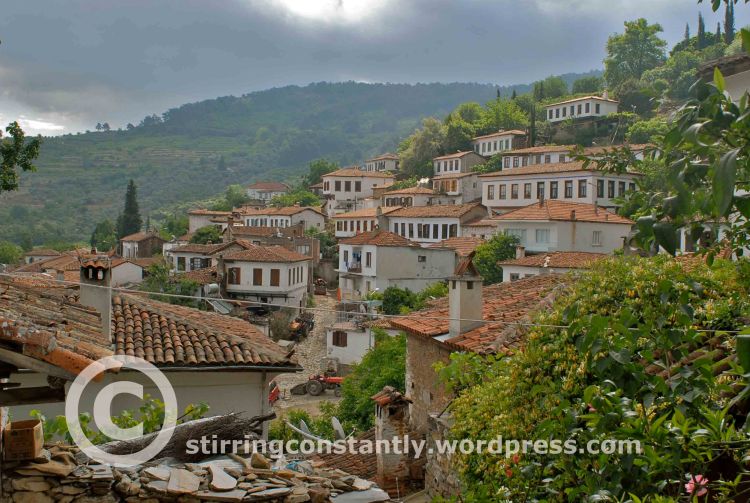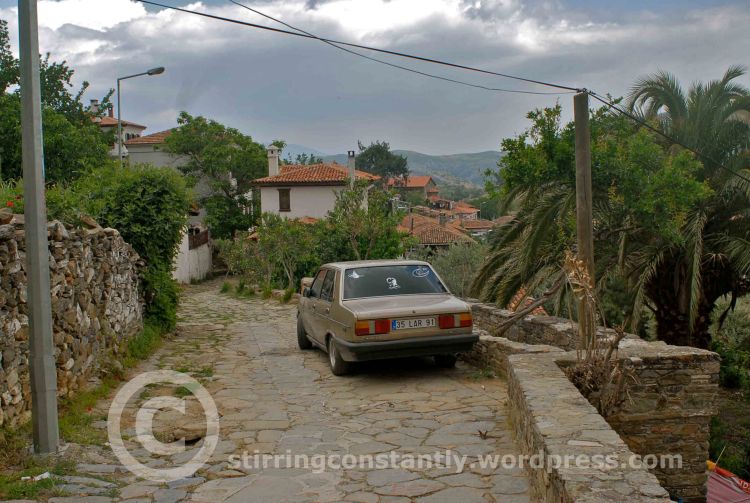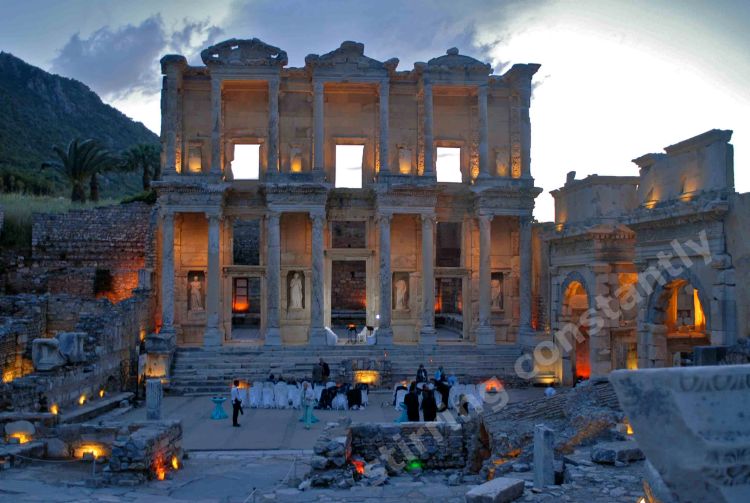One of the most recognizable faces in ancient history and the most talked about villainess of the ancient world is Medusa. Everyone avoids looking directly at her as history would tell us how she turned every person into a stone with a simple eye contact. According to the classical mythology, Medusa is one of the Gorgon sisters, along with Stheno and Euryale- all three were chthonic monsters of the archaic world. In the more popular version, Medusa was beheaded by the hero Perseus, who couldn’t even look directly at Medusa’s head and gave it to the goddess Athena, which later on was placed on her shield; the Aegis.
Through these years I have always been fascinated by Medusa’s influences and stories. There seems to be a greater role she had played apart from the monstrous woman she was. Even Freud wrote in his essays portraying Medusa as the male fear of castration. Another school of thought and perhaps a bit horrifying yet fascinating portrayal of Medusa was being the male fear of devouring female sexual potency. Quite a loaded statement but this was explained by Ellen D. Reeder in her book Pandora: Women in Classical Greece. Indeed Medusa has been the goddess of double meaning. She is the cure and the disease, of order and chaos, of beauty and monstrosity, of hidden desires and passions. And finding Medusa’s head in the most beautiful underground cistern of Istanbul proved another example of her unrelenting power and potent force in history.
On this powerful and beautiful city of Istanbul (formerly Constantinople), lies a massive underground cistern of the world. Beneath the Hippodrome, just few meters away from the Blue Mosque and Hagia Sofia, is an underground chamber approximately 143 meters by 65 meters. According to history, this underground palace was once a great Basilica which was probably built in the 4th century. Then after its destruction, it was reconstructed by Ilius which gave the name Ilius Basilica and commonly known today as Basilica Cistern (Yerebatan Sarnici).
Basilica Cistern of Istanbul was built by Emperor Justinian I in 532 with the sole purpose of providing water to the growing demand of Constantinople. This underground water cistern could hold approximately 80, 000 cubic meters of water and certainly the biggest if not one of the biggest cisterns in Istanbul. The Basilica Cistern was long forgotten and it was only in the year 1545 when it was rediscovered by a Frenchman Peter Gyllius, who happened to be researching about Byzantine Antiquities. Today, it is no longer used as a cistern but rather a very interesting alternative tourist attraction of Istanbul, and perhaps one of the “coolest” ones.
And another important thing that captures the imaginations of all those travelers are the two massive inverted columns with Medusa’s head. When I say inverted, the heads were used as a base and not the other way around. There are many theories on why they were used as a base but maybe the most plausible one is to slowly forget paganism during the early Roman period. By being submerged into the water, one will never know that those heads exist. As to why they have been brought here, rumor has it that they were just recycled and carried here in Istanbul from another city, making these big columns as foundations of this massive Underground Cistern. And truly another beautiful feature of this underground cistern are the huge, gigantic columns all over the place that evoke stories of palaces and kingdoms of the underworld.
Nowadays, the two heads of Medusa have created countless stories of mysticism and fears. It for this reason that one visits the Basilica Cistern of Istanbul. In fact through history one has this idea of a female rage and Medusa’s head full of venomous snakes and a deathly stare created this perfect imagination. Another popular story of the ancient world was the fact that Medusa was the only living mortal of the three Gorgon sisters. She was actually a very beautiful lady who had seduced Poseidon and had a tryst in Athena’s Palace. Enraged with what had happened, Athena cursed Medusa and gave her that monstrous look that whoever looked at her would turned them into a stone.
My sole purpose really of visiting the Basilica Cistern was to see these heads of Medusa. I have this long fascination about Medusa and just couldn’t ignore the fact that maybe she was just portrayed negatively in so many stories. In my visit to Sicily, I found this three-legged creature with Medusa’s head in the center and being used a talisman and a good luck charm. Even the famous Versace brand has used Medusa’s head as its logo. And the more popular Starbucks has also used Medusa’s head in its brand. Indeed, there are countless stories of mysticism associated with Medusa. And finding her head in this underground water cistern is another proof of her undying reputation; even more colorful than other powerful figures of the classical mythology.
As I walked around the underground cistern, I can’t help but marvel on the ingenuity of the past civilization. The gigantic columns that seemed to be holding the world above, the vast area and the two heads of Medusa were definitely a feast to the eyes and food to the brain. I just remember in one of my readings that only after Medusa was beheaded that her true powers were unleashed. Out from her severed neck, Pegasus was born. It is believed that Pegasus was the most beautiful creature the underworld has seen. It is no doubt that behind all of those stories about Medusa, she was in reality a very beautiful lady that had captured the heart of Poseidon and only capable of bringing such beauty like Pegasus.
Sitting beside Medusa’s head in the underground chamber felt really weird. It took a while and maybe after few minutes, I did look and analyze her face. I forced myself into believing that behind those monstrous facade, lies a woman so pure of heart that only knows nothing but love and care to the world. This was Medusa for me.

Suggested Readings: http://rg.ancients.info/medusa/article.html, http://www.istanbultrails.com










